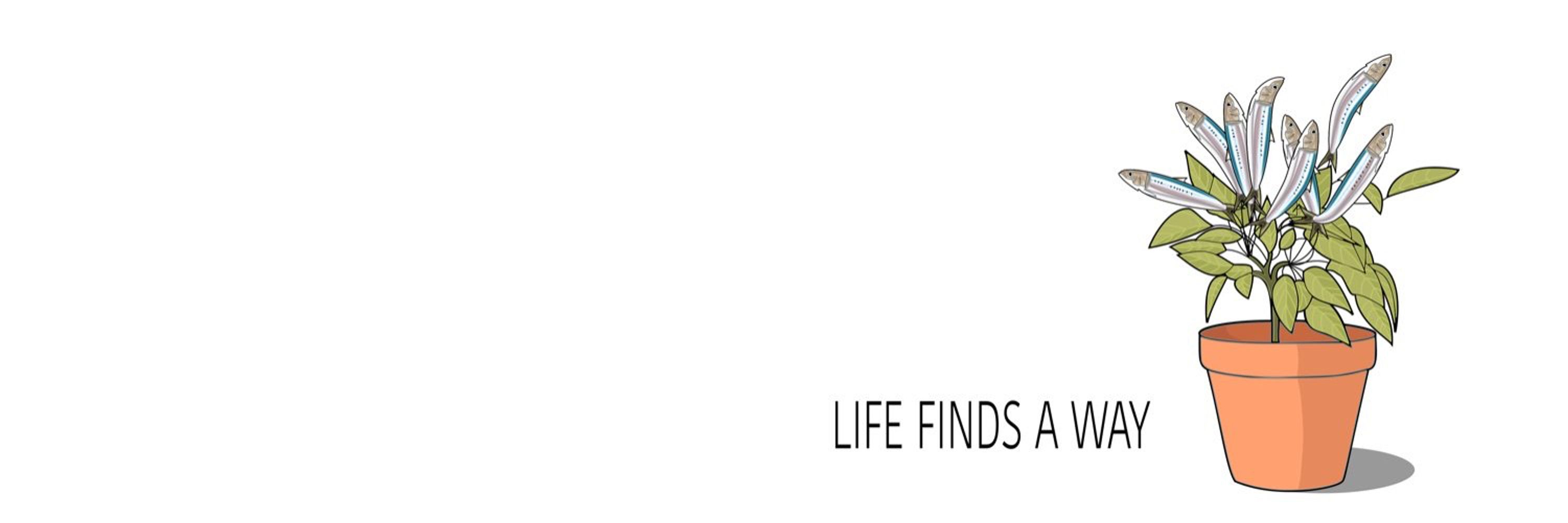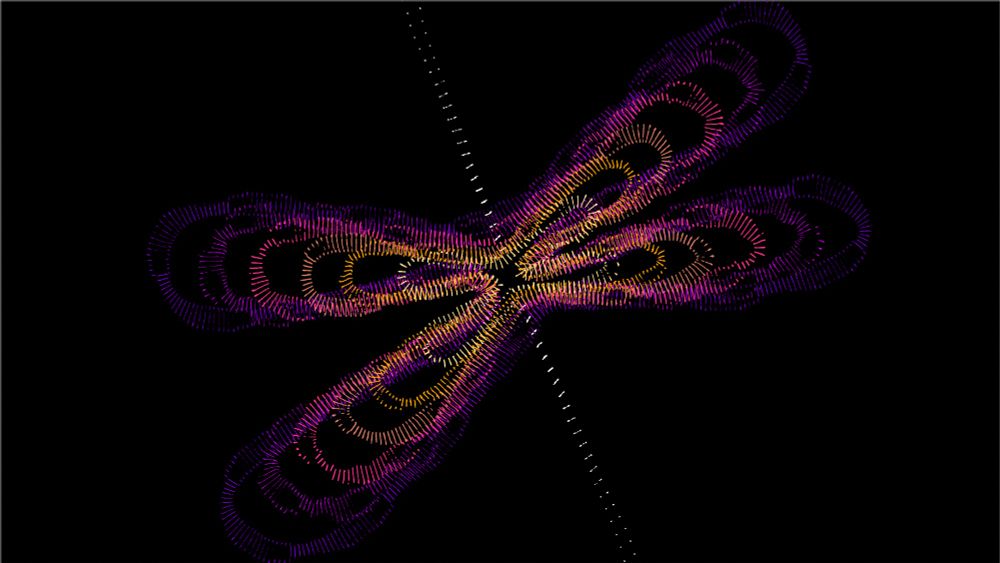

Our work aimed to shed light on the fundamental evolutionary principles underlying centromere transitions. (2/8)

Our work aimed to shed light on the fundamental evolutionary principles underlying centromere transitions. (2/8)
Our study shows centromere transitions are a step-by-step process driven by a combination of drift and selection. Discover how the kinetochore interface shapes this gradual change in our new preprint 🥳 doi.org/10.1101/2025.01.16.633479 🧵(1/8)
Our study shows centromere transitions are a step-by-step process driven by a combination of drift and selection. Discover how the kinetochore interface shapes this gradual change in our new preprint 🥳 doi.org/10.1101/2025.01.16.633479 🧵(1/8)







